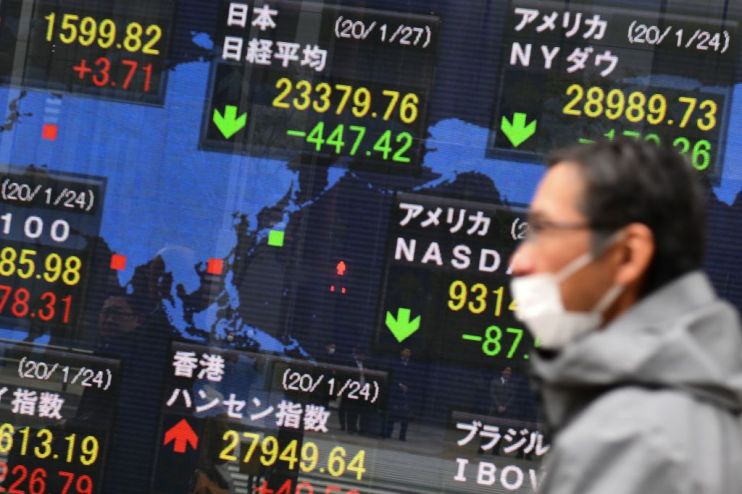How coronavirus could cause a global recession

Covid-19 has dominated news headlines since mid-January.
The human and social costs have been heavy, disrupting the normality of life primarily in China but also around the world. Now the recent outbreaks in Italy, Iran and South Korea have ignited fears of a global pandemic, and in response major equity indices have plummeted by nearly 10 per cent.
Even under the optimistic scenario of successful virus control, global growth forecasts now need downgrading. My company CRU has lowered its 2020 forecasts for China’s GDP growth by 0.4 percentage points to 5.3 per cent, and for world GDP growth by 0.2 percentage points to 2.3 per cent.
The last time world growth was this low was during the global financial crisis (albeit not at its lowest trough).
At the time of writing, the risks of a global pandemic are rising. Should it materialise, a short global recession cannot be ruled out.
But why is this the case? It’s worth explaining how the virus is likely to hurt China’s growth, and how that would transmit to the rest of the world.
Clearly, Covid-19 is expected to hit China the hardest. Restrictions on the movement of people and transport across China continue. These give rise to a fall in the demand for goods and services such as entertainment, tourism and retail, as consumers have fewer opportunities to spend.
Meanwhile, delays in the return of employees to work will result in a shock to production and supply. Weak sentiment will amplify the downturn.
We do expect Beijing to counter some of the slowing through additional fiscal and monetary stimulus, which will benefit the economy from the second quarter onwards.
But to adapt the well-known saying, when China — the second largest economy in the world — sneezes, the rest of the world catches a cold.
China is now the factory to the world. It supplies 66 per cent of the world’s imports of intermediate and capital goods. These intermediate parts and components get embedded into consumer final goods, such as cars and electronics.
As such, it should be no surprise that problems in China have a global reach: the likes of Apple, Adidas, Mastercard and others have issued profit warnings attributed to Covid-19.
Asia will feel the pain acutely, given its proximity to China and complex intra-Asian trade, which often involves several rounds of re-imports and re-exports. The shutdowns at Hyundai Motors in South Korea, Nissan in Japan, and disruptions to Samsung’s factories in Vietnam are examples of how the absence of key components from China leads to a halt in production.
Chinese travel restrictions will also hurt Asia, especially Thailand, Cambodia and the Philippines where tourism contributes to over 20 per cent of GDP.
Looking to the west, the Eurozone is known to be manufacturing and trade dependent. China and Asia make up eight per cent and 16 per cent respectively of the bloc’s total goods exports. Lower demand from Asia has led us to mark down our Eurozone forecast.
America is a more closed economy. But reduced tourism from China is negative for the US outlook too, as are disruptions to supply chains. China is second only to Canada in importance for imported intermediate goods.
Covid-19 is a moving target. A few days ago, it felt as though the pace of virus’s spread was slowing. But things have taken a turn for the worse, as virus cases outside China climb. The spread outside China indicates that economies in the rest of the world may weaken further in coming months, independently of their links to China.
Fear is running high. Where things go next is unclear, but we do know that isolation has been effective in containing the virus. City lockdowns and school shutdowns will no longer be a scene only viewed from Wuhan.
Main image credit: Getty
